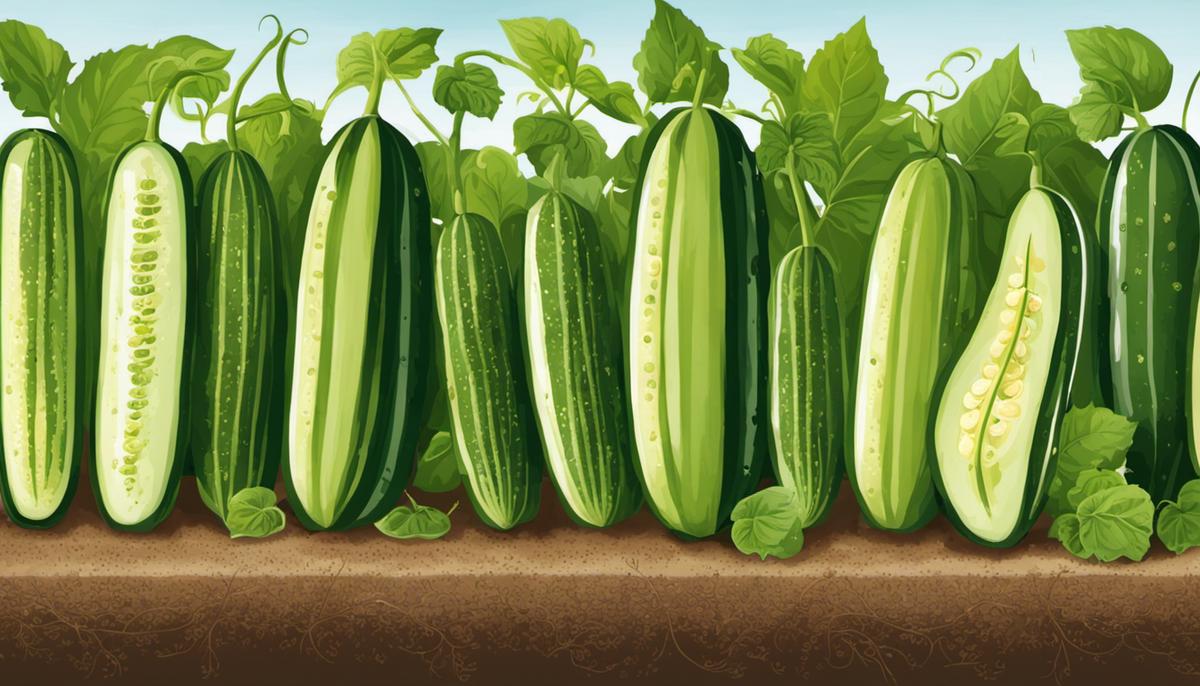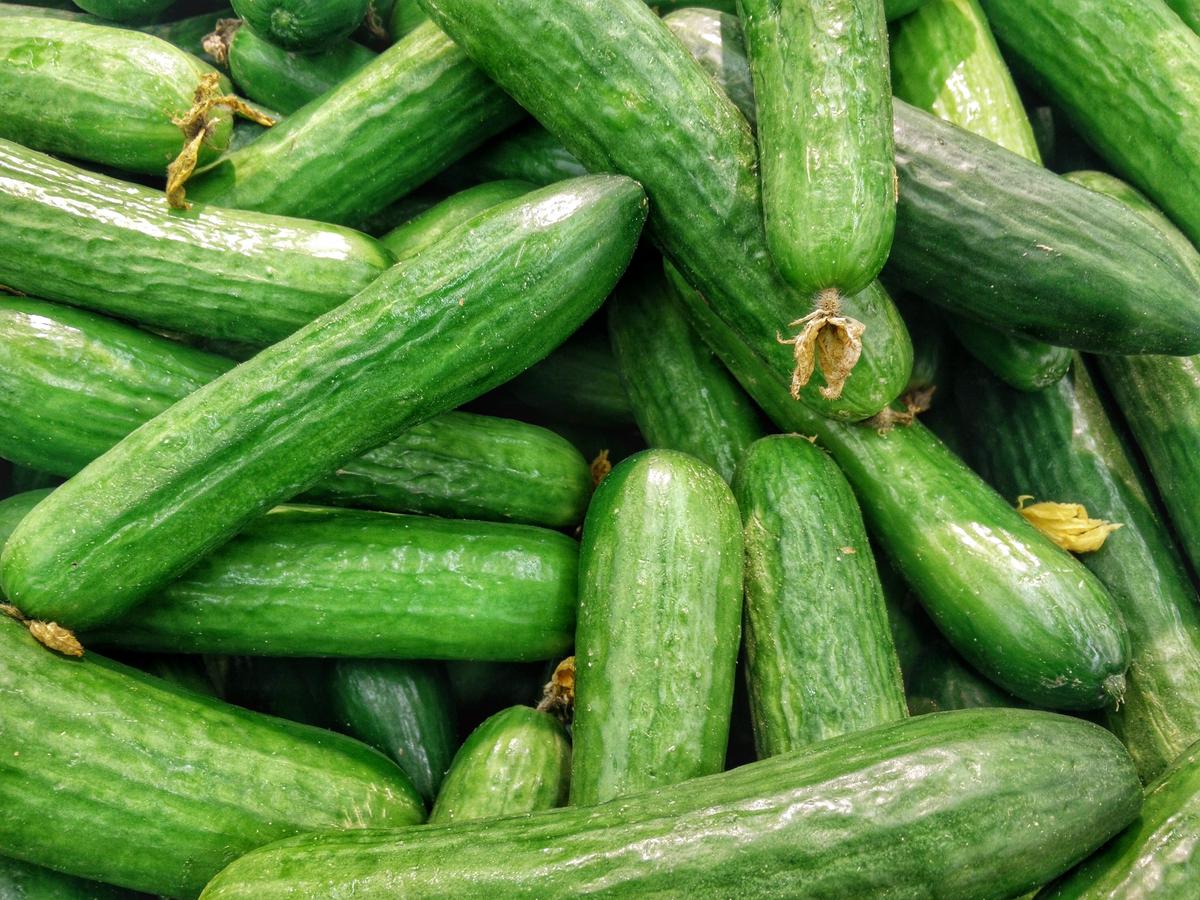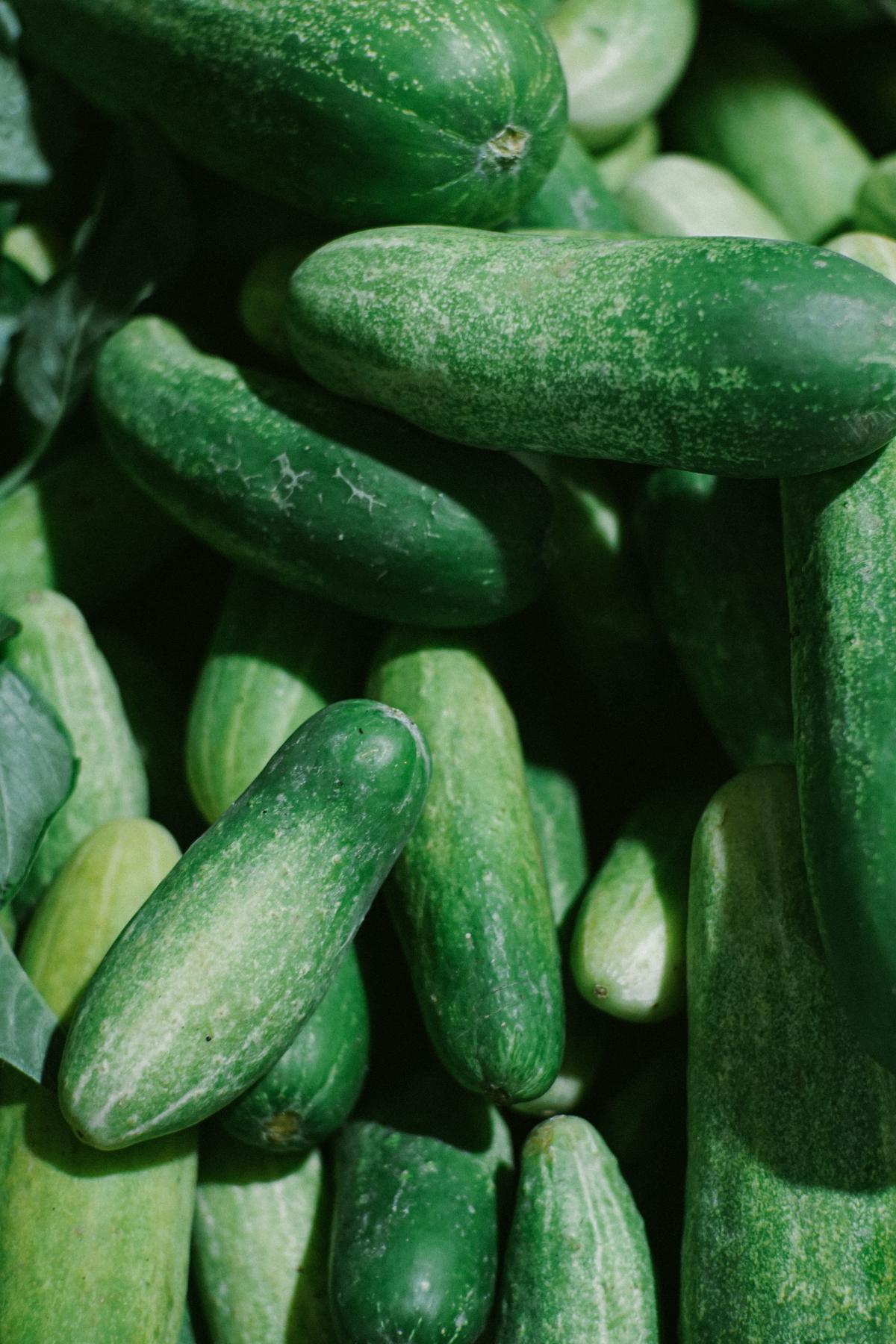Picking the Perfect Cucumbers: When and How?

In the world of home gardening, one of the most refreshing crops one can grow is the cucumber. Not just for their high nutritional profile, but also for their versatility in culinary uses. However, harvesting cucumbers at the right time is an art in itself and can drastically impact the quality and taste of this vegetable. The variety, growing conditions, and other environmental factors can contribute to the best time to pick a cucumber. This collaborative guide will provide a comprehensive understanding of the cucumber life cycle, identification of visual indicators for picking, and insights into the ideal time of day for harvesting cucumbers.
Understanding the Cucumber Life Cycle
Demystifying the Life Cycle of a Cucumber: Step-by-Step Guide to Growing the Perfect Crunch
Enthusiasts of homegrown produce, the bewitching world of gardening calls! The joy of nurturing a plant through its cycle is indeed unparalleled. Let’s delve deeper into one of the most refreshing garden delights – the cucumber, and explore its fascinating life cycle that involves everything from seed germination to fruiting.
Stage One: Germination
The story of the cucumber begins with a tiny, hard seed. Stored safely within the seed’s outer coating is the miniature replica of a mature plant waiting for the right conditions to spring to life – a process called germination. Cucumber seeds require warm soils between 60 and 95 degrees Fahrenheit for germination, typically taking about 3 to 13 days. A general rule dictates that when the seedling bears two true leaves, it has successfully reached the germination stage.
Stage Two: The Growth of Seedlings
Once the cucumber seed has sprouted, it will grow into a small plant known as a seedling. Growth is rapid during this stage, and you’ll notice a set of true leaves unfurling that ends up quickly overshadowing the cotyledon, the first leaf-like structures observed at germination. At this stage, the cucumber plant is developing its root system while it shoots upwards with a growing stem, sturdy and ready for the next chapter of life.
Stage Three: Blossoming
Following the seedling stage, the cucumber plant enters the blossoming phase. The plant now starts developing vines and subsequently, you will witness a conspicuous growth of cucumber blossoms. This stage typically occurs 40 to 50 days after planting. Cucumber plants are known for their unique characteristic of producing both male and female flowers on the same plant, a phenomenon called monoecy. Initially, male flowers take the stage, followed by the female counterparts identified by a swollen ovary at their base – the cucumber-to-be.
Stage Four: Pollination
Crucial to the formation of the cucumber fruit is the stage of pollination. The pollens from the male flowers are transported, usually by bees, ethereal messengers of nature, to the stigma of the female flowers. Should pollination be successful, the fertilized female flower will embark on its incredible journey of transforming into a cucumber.
Stage Five: Maturation
Now starts the phase of maturation, which happens to be the final stage in the life cycle of a cucumber. The fertilized ovary swells up to form the fruit, and inside each cucumber, tiny seeds begin their development. It takes approximately 10 to 14 days for the once tiny flower to grow into a full-sized cucumber. The fruit at this point is tender, with a bright green color and full of intense, fresh flavor. And then, the moment everyone has been waiting for: it’s harvest time!
Unraveling the secrets of a cucumber’s life cycle, we’ve journeyed from a small seed to the delightful, crunchy fruit. Embrace this knowledge, and let it guide you on your own gardening escapades. Here’s to the green thumbs out there, growing the perfect crunch right in their backyards! Happy Gardening!

The Visual Indicators
Recognizing the Perfect Harvest Time: Visual Cues for Cucumber Picking
Made it through the germination, seedling growth, the blooming of pretty little flowers, and pollination? Excellent! Now comes an equally exciting phase in your cucumber cultivation journey – harvesting. The arena is not for the faint-hearted for one wrong pluck can deprive the cucumber of its juiciness and crunchiness. Wondering how to know when your cucumber is ripe and ready? Keep reading to discover the visual cues and signs you should look for when harvesting cucumbers.
Primarily, the first sign of a ready-to-harvest cucumber is size. Common varieties like the slicing cucumber typically reach the optimal size of 6-8 inches, while the pickling types mature around 3-4 inches. However, the size can vary depending on the cucumber species, so it’s best to refer to seed packet information or specific recommendations for the cucumber variety being grown.
Next on the list: color. A general rule of thumb is that ripe cucumbers exhibit a uniform bright-medium green color. However, some varieties might carry a slight yellow undertone when fully mature. Beware though, as a too yellow or orange cucumber may indicate overripeness, resulting in a bitter taste and hard seeds.
While color and size are vital indications, the feel of the cucumber should also be examined. Ready cucumbers have a firm, rather than squishy, exterior.
Furthermore, take a good look at the cucumber’s sheen. An overly shiny surface might be a sign the cucumber is still immature and needs more time. In contrast, a mature cucumber ready for harvesting will have a dull appearance.
Lastly, the cucumber’s position on the vine matters too. Cucumbers mature from the blossom end to the stem. Thus, if the stem end is less mature (usually lighter in color), give the cucumber some more time to reach the optimal taste and texture.
Remember, gardeners, timing your harvest has a monumental impact on the flavor profile and overall yield of your cucumber crop. With these visual cues in mind, you’re now equipped to pick a cucumber at the prime of its ripeness. Here’s to a basket full of fresh, crunchy, mouthwatering homegrown cucumbers! Happy harvesting, fellow hobbyists!

Photo by harshalhirve on Unsplash
The Ideal Harvesting Time
Choosing just the right moment to harvest your cucumbers can significantly affect their taste, texture, and overall quality. Precise timing and understanding of cucumber growth are crucial components in pulling the best produce right off your vine. We’ve covered why size, color, texture, sheen, and position all factor heavily into optimal picking time. Now let’s dive right into determining the best time of day to collect your bountiful crop of cucumbers.
The morning hour serves as the optimal time to harvest cucumbers. This is the period just after the morning dew evaporates but before the heat of the day sets in. During this time, the full freshness and vivacity of the plant are at their peak. This time of day offers crisp, cool cucumbers that have the perfect blend of crunchiness and a refreshing taste.
Midday harvesting when the sun is at its zenith is generally not recommended. High temperatures can cause cucumbers to become limp, reducing their quality and shelf-life. Therefore, it’s best to wait until the harsh sun softens its rays, or better yet, pick your cucumbers early in the day.
The rationale behind morning harvest is based on plant physiology. Cool night temperatures give cucumbers a chance to recover from the heat of the day. Moreover, during the night, cucumbers regain their lost water, replenish used carbohydrates and are able to repair any minor damage incurred during the day. This overnight process ensures that by morning, cucumbers are rejuvenated, creating the perfect time for a bountiful harvest.
Summing up, timing is an essential part of gardening, and each plant has its own unique rhythm. In the case of cucumbers, an early morning harvest can make the difference between a good cucumber and a great cucumber. So grab your garden gloves at the first light and head out to your garden; your taste buds will thank you.
Note: Even though morning is the best time of day to pick your cucumbers, remember not to delay once you observe that cucumbers are of the right size, color, texture, and position. Over-ripe cucumbers can quickly become yellow and seedy. Hence, balance the optimal time of day with the precise moment your cucumber has reached its true picking potential! Happy harvesting!

Armed with this knowledge, you are now better equipped to determine when is the most advantageous time to harvest cucumbers from your garden. The awareness you now possess of the life cycle will help you understand your plants’ needs through every growth phase. Additionally, being able to identify the visual signs of a ready-to-pick cucumber will surely improve your harvesting acumen. Lastly, appreciate the benefits of harvesting early in the morning to ensure the optimum quality and freshness of your cucumbers. The intertwining of these topics will aid in the success of your cucumber harvest, maximizing its taste, aesthetics, and naturally, your gardening satisfaction.



